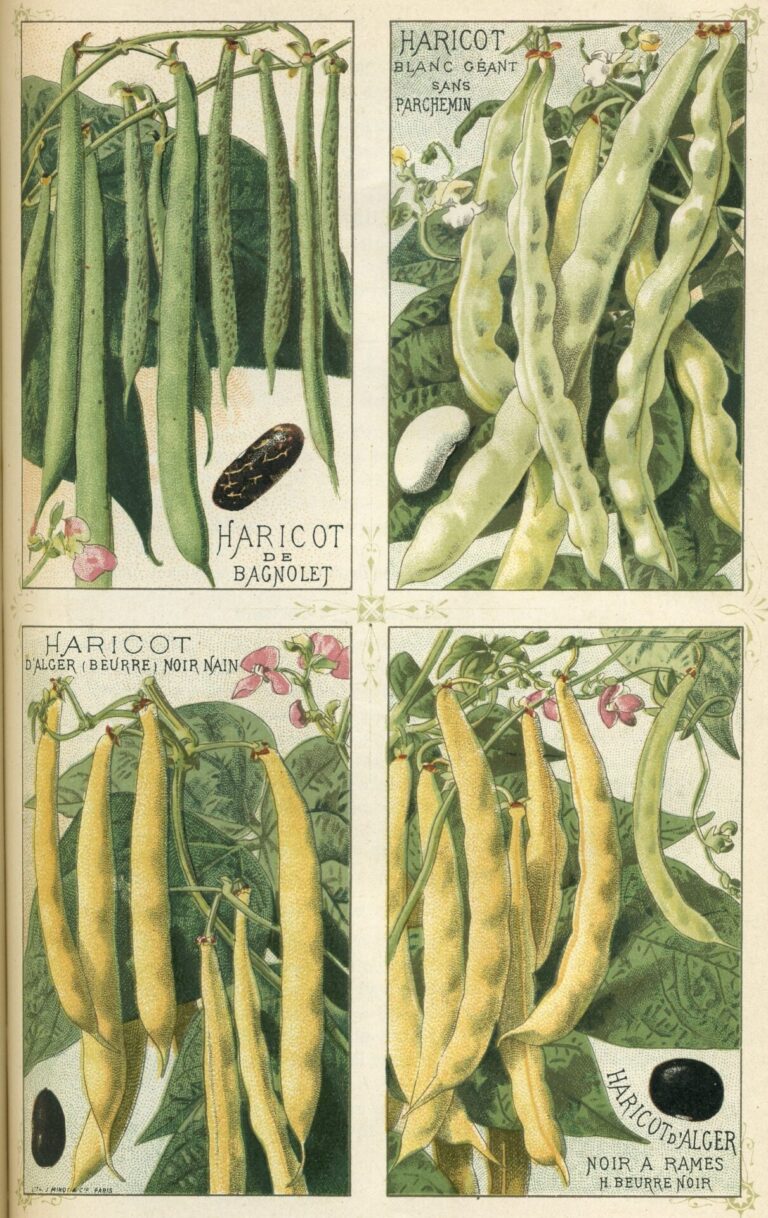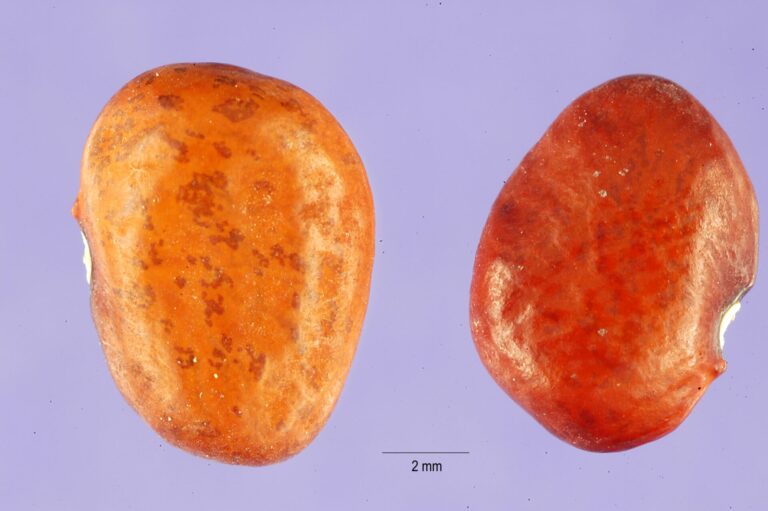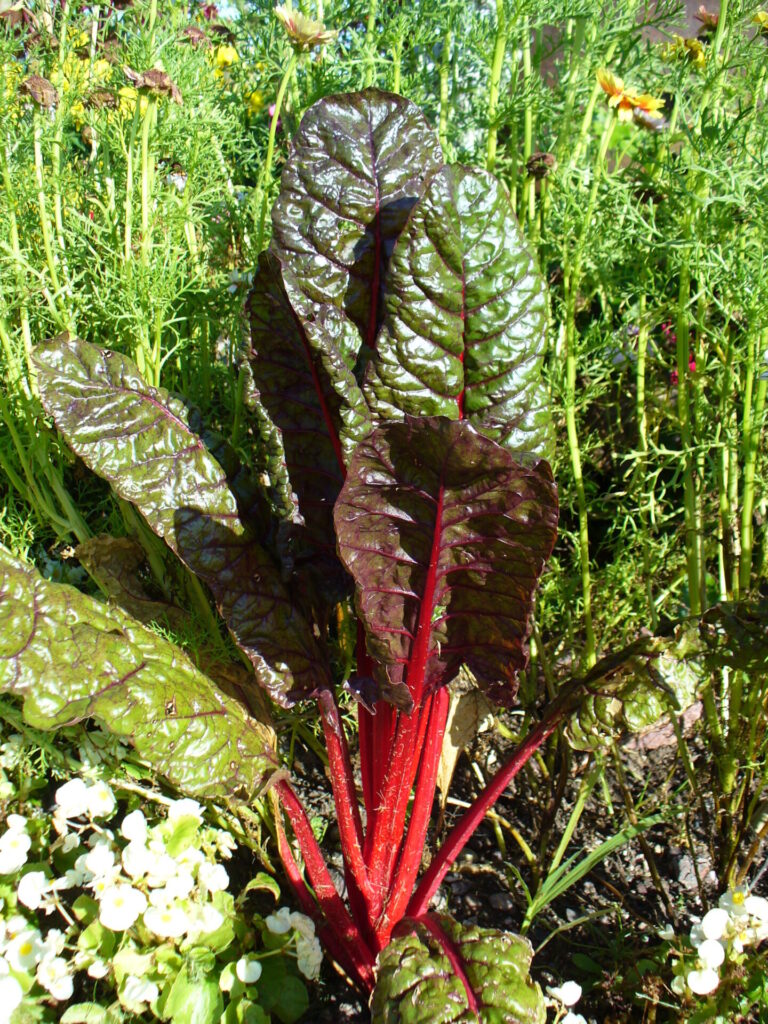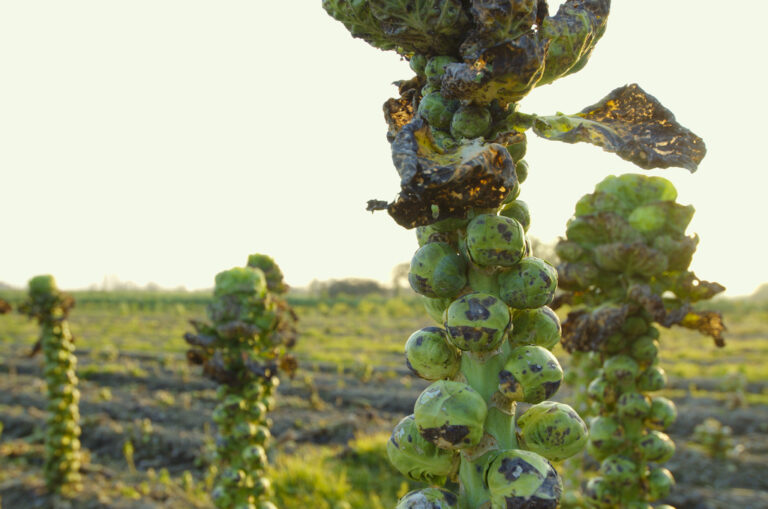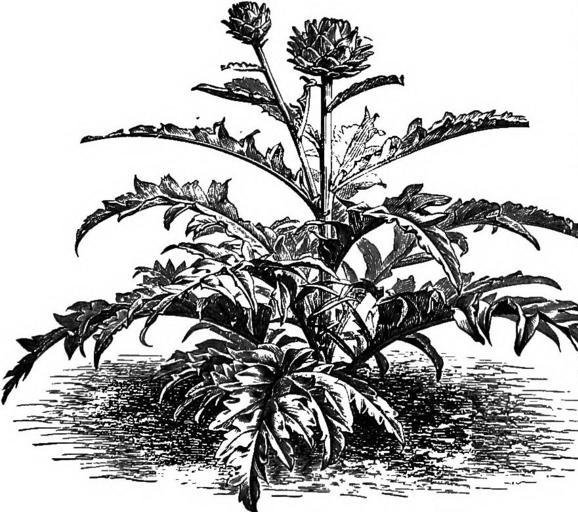
Artichokes, Globe
A native of the humid warm climates of the southern Mediterranean, Globe Artichoke is grown in North America as an edible ornamental. This tall thistle like plant can reach up to 10 feet in optimal conditions. It is primarily grown for its immature flower buds which are edible. A perennial in areas with milder winters and even considered a weed in some areas, it is a perennial that is grown as an annual in Northern climates.



